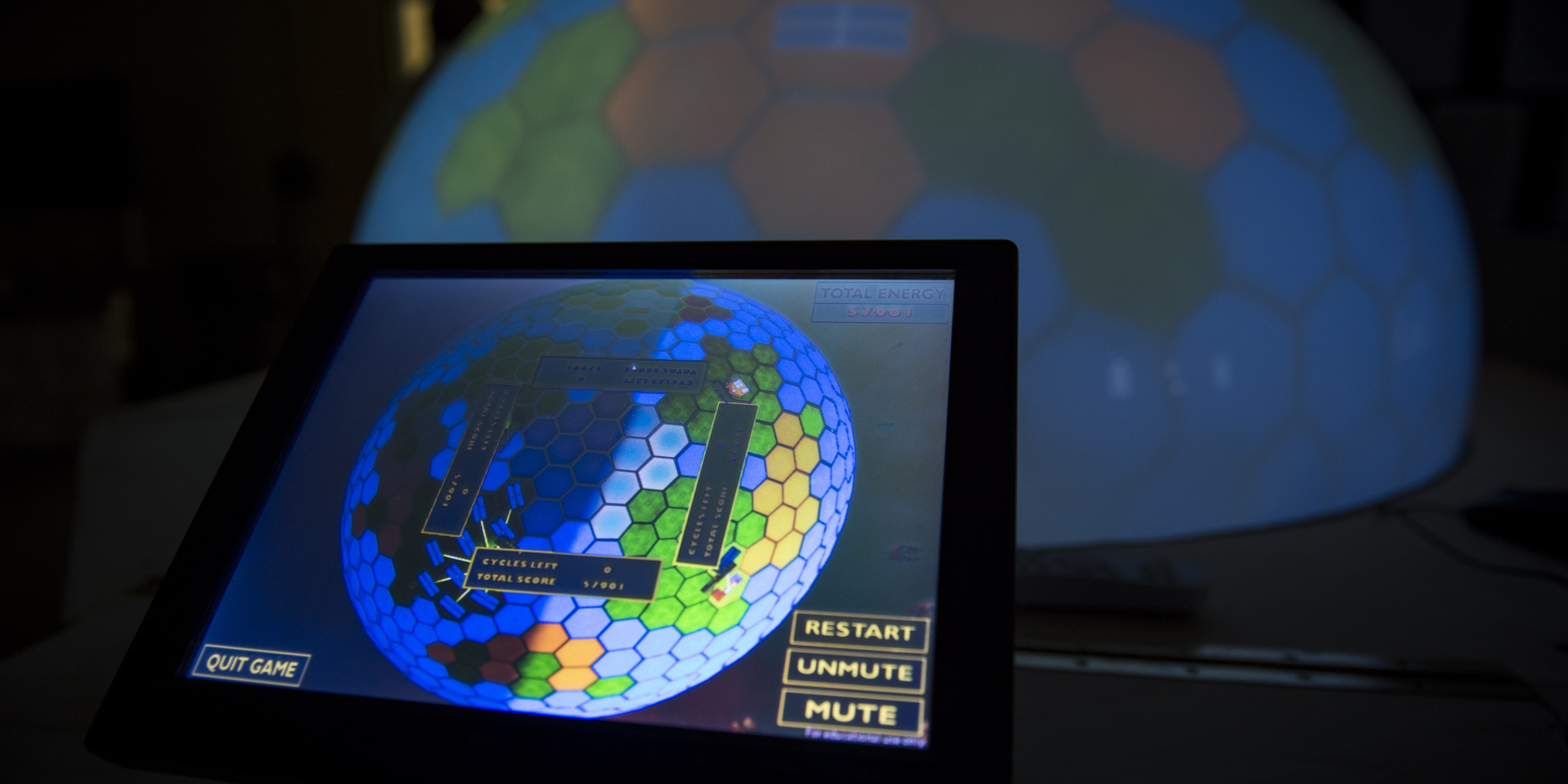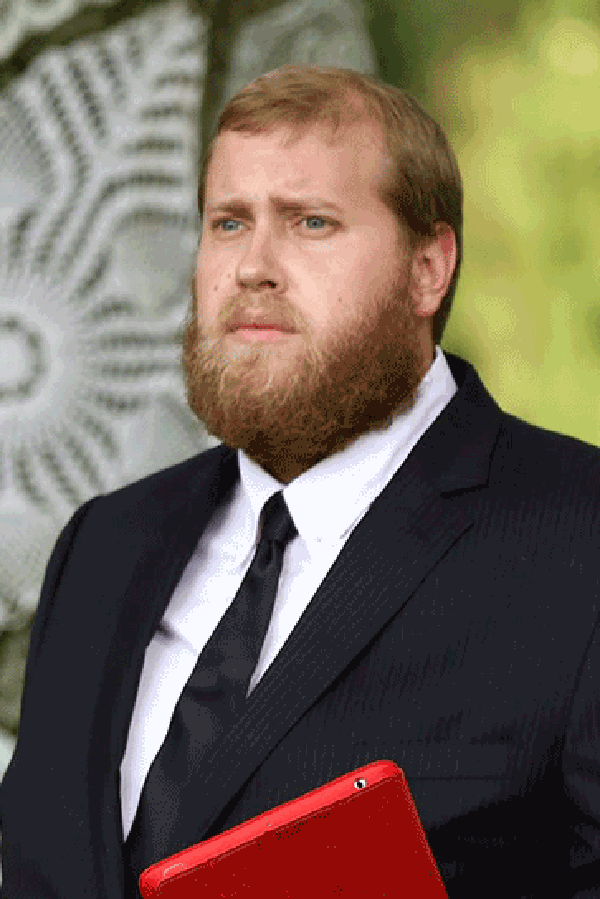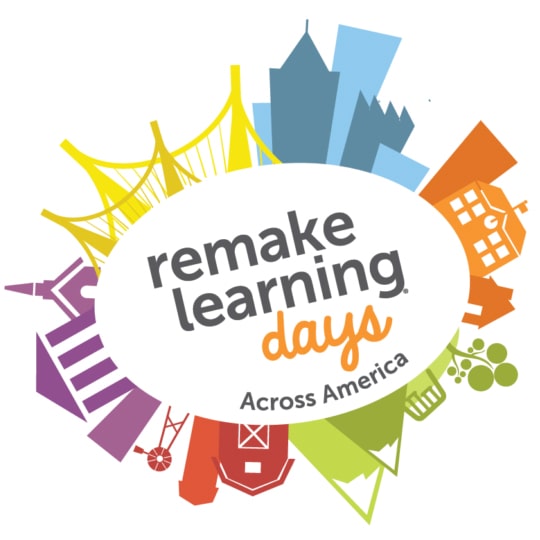ETC Outreach Plays on After Students Graduate
Carnegie Mellon University's Entertainment Technology Center has a tradition of innovation. That culture fosters networks and projects that enrich the region’s K-12 community.
The ETC curriculum for its master's degree of entertainment technology is grounded on project courses. Students work in small teams to produce games and technology-based projects often in collaboration with a client, which is sometimes a local school district. After 15 weeks, students move on to a new project. But those projects can continue to thrive.
"The projects that we do with schools tend to be some of the most rewarding for our students," said Scott Stevens, a teaching professor at the ETC.
Among projects that Stevens has advised include ETC teams partnering with the Elizabeth Forward School District, some 20 miles southeast of Pittsburgh.
“The students really get a lot of satisfaction in creating something and seeing K-12 students just light up when they use it. It’s not just transforming the schools but our students as well,” he said.

Elizabeth Forward School District partnered with Chevron and ETC teams to develop learning stations such as The Dome, which teaches students about solar energy.
Room To Grow
About a decade ago, Elizabeth Forward officials — including now Superintendent Todd Keruskin — visited a multimedia center for teenagers at The Chicago Public Library as part of an effort to find new ways to engage students and encourage families to stay at the school instead of joining charter schools. They didn't know an ETC project team designed the Chicago space in 2009.
The district reached out to the ETC to learn more, and ultimately renovated all six of its libraries with vivid colors, maker spaces and more. The physical changes made Elizabeth Forward a model for other schools to emulate, and educators from other districts would frequently tour the facilities. Families in the district who had opted for charter schools started to return as well.
"We had 100 kids in charter schools in 2009, and at one point a year or two ago we only had 11. We brought back a lot of kids, which put more money into our school district," Keruskin said.
Once the spaces were renovated, the first project that ETC students worked on with Elizabeth Forward involved using Minecraft to help students learn geography. From there, the ETC started working on other efforts, including creating more spaces for students to play and learn. With a grant from The Grable Foundation, the district built the first situated multimedia arts learning lab, known as The SMALLab, in a U.S. public school. ETC students then built games in the space that teachers could customize based on curriculum needs.
That was followed by creating classroom space to understand energy concepts. The school partnered with Chevron, and ETC teams developed different stations in an energy lab for students to use. Stevens said that private and public partnerships help districts like Elizabeth Forward innovate.
The graduate students also created software to help sixth graders understand prototyping. Using a laser printer, the younger students could 3D print toy tops and adjust different specifications to change the final product.
"When you have sixth graders using an app on an iPad and configuring a spinning top, they may learn a little bit of physics," Keruskin said. "Through the ideation of a toy, they're learning a lot."
The ETC's efforts are centered on working with teachers who are approaching the opportunities with open minds.
"The ETC has helped teachers be more innovative in their lesson plans. That's where the rubber meets the road: changing the instruction to enhance a deeper level learning, a deeper level of engagement for kids," he said. "That's the piece that has changed the culture of our school."
Gamechanging Partnerships
 A former teacher who earned his master’s degree from the ETC, John Balash (right), is the director of educational engagement at the ETC. He maintains student projects long after the original creators graduate as well as makes connections between the ETC and the region’s broader academic community.
A former teacher who earned his master’s degree from the ETC, John Balash (right), is the director of educational engagement at the ETC. He maintains student projects long after the original creators graduate as well as makes connections between the ETC and the region’s broader academic community.
The ETC’s outreach and professional development for schools is supported by The Grable Foundation and the Claude Worthington Benedum Foundation, which recently announced a new grant to continue supporting Balash’s role for another year.
Jim Denova, vice president for the Benedum Foundation, said that the work Balash promotes creates learning opportunities that help form a peer community not just in urban settings but in rural settings, which is a focal point for the foundation.
“The geographical reach of the ETC’s work has been exceptional,” Denova said. He added that CMU’s outreach in many areas is driven by community service and also by addressing school districts’ needs and requests, such as creating a game to help promote empathy for peers with autism spectrum disorders for a school in West Virginia.
“The design work that graduate students do is based on what teachers say are stumbling blocks to learning,” Denova said. He added that the way the ETC prioritizes understanding what k-12 students and teachers need is critical to the success of effective projects. “It’s a testament to CMU’s culture, and it’s a great interdisciplinary collaboration.
Through outreach activities, the ETC has directly impacted more than 250 pre-K-12 educators and more than 18,000 students at 90 schools in Pennsylvania, West Virginia and Ohio through more than 50 playtesting sessions.
“It’s really important that we give our community access to the technologies that are being built,” said Balash. “On the flip side, our students gain access to the community that is so rich and so incredibly thoughtful when it comes to building out experiences and remaking learning.”
Balash coordinates projects with educational partners throughout southwestern Pennsylvania and West Virginia, including working with Remake Learning, a regional collaboration between individuals and organizations to spark and share best practices and ideas for engaging, relevant and equitable learning practices.
Stevens and Mike Christel, a teaching professor at the ETC, collaborate with Balash.
“If you’re making an experience for the K-12 audience, then you need to have K-12 people to do your playtesting and help with your development,“ Christel said. “Instead of every faculty member at the ETC trying to find their own community and forge their own relationships, it was excellent that in Pittsburgh, Remake Learning’s effort started growing.”
 Balash has worked extensively with Tyler Samstag, director of Remake Learning and director of instructional innovation for the Allegheny Intermediate Unit (AIU) — which provides services for 42 public school districts in Western Pennsylvania.
Balash has worked extensively with Tyler Samstag, director of Remake Learning and director of instructional innovation for the Allegheny Intermediate Unit (AIU) — which provides services for 42 public school districts in Western Pennsylvania.
In 2018, Samstag and Balash collaborated with Kris Hupp, director of technology and instructional innovation at Cornell School District, a small suburban public school district with 600 K-12 students all under one roof. A $20,000 foundation grant provided through the AIU was used to purchase VR hardware. Balash then connected ETC students with a middle school classroom who were able to create a virtual classroom field trip experience.
“Whenever I’m working on a project and I need some interesting ideas, I’ll reach out to John. And it happens vice versa too,” Hupp said. A recent project involves Balash helping students and teachers design an outdoor learning space for the school.
“It’s inspirational for our students to know that with the technology available today you’re really only limited by your own imagination,” Hupp said.
Samstag added that working with the ETC to provide professional development for K-12 educators has been an incredible resource for teachers.
“There is this excitement around both entertainment technology and computer science in gaming across the districts,” Samstag said. “For a lot of educators and students gaming is a tangible way to understand computer science. It’s has really been great in opening people’s eyes to this incredible program that exists in our own backyard.”





